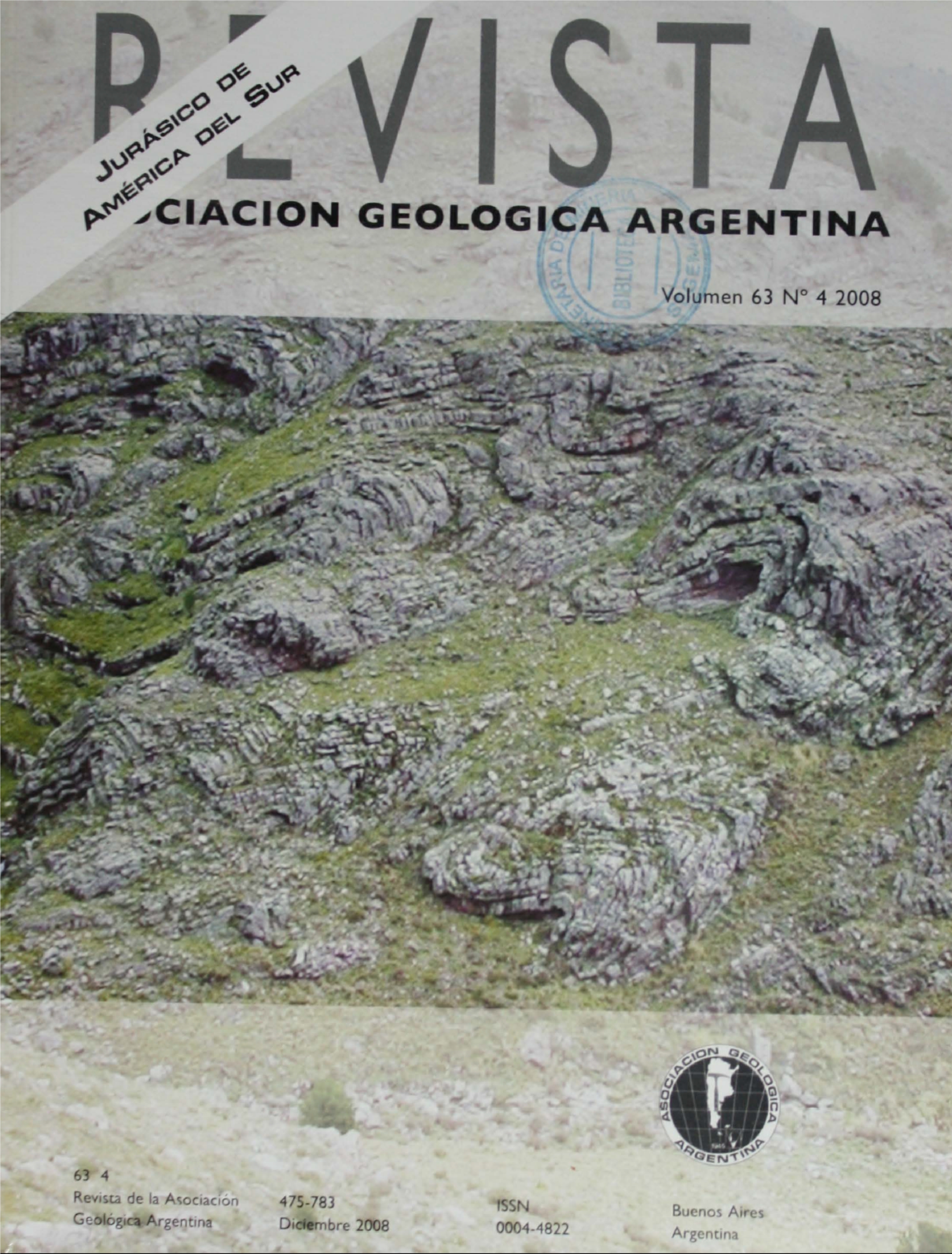Sedimentology, ciclostratigraphy and sequence analysis of the La Manga Formation (Oxfordian), Bardas Blancas, Mendoza
Main Article Content
Abstract
The study of the carbonate-ramp deposits of La Manga Formation has allowed us to recognize three facies associations. The lithofacies association A is composed by five lithofacies (A1-A5). This association represents part of the transgressive systems tract. It corresponds to external ramp deposits, accumulated below the storm-wave base. The A facies association appears in cycles of centimetric to decimetric thickness and belong to a retrograding parasequence set of 5th order. The lithofacies B association starts after an abrupt facies contact. It is characterized by six lithofacies (B1-B6). They are coarsening upward beds that form metric-scale cycles. These are interpreted as middle-ramp deposits dominated by storms. It corresponds to 4th order sequences. The lithofacies C includes three lithofacies (C1-C3). The small scale cycles were controlled by storm events, while the medium and large scale ones were likely originated by eustasy. The studied stratigraphic sections of La Manga Formation are included in two depostitional sequences SD-2 and SD-3. An abrupt discontinuity marks the beginning of the depositional sequence SD-2, which constitutes a transgressive system-tract, composed by a coarsening upward parasequence stacking set. Above a maximum flooding surface, manifested by a drastic change of facies, a low rate accommodation space period and a sea-level fall (characterized by a lowstand systems tract) are evidenced. The third depositional sequence SD-3 is composed by lagoon deposits. It starts after a paleokarstic surface, characterized by the development of a sheet-cake breccia and an intense vadose diagenesis.
Article Details

This work is licensed under a Creative Commons Attribution-NonCommercial 4.0 International License.
Nota de copyright
Los autores conservan los derechos de autor y garantizan a la revista el derecho de ser la primera publicación del trabajo licenciado según una licencia de atribución Creative Commons que permite a otros compartir el trabajo con el reconocimiento de la autoría y de la publicación en la que se publicó por primera vez.
Declaración de privacidad
Los nombres y direcciones de correo electrónico introducidos en esta revista se usarán exclusivamente para los fines declarados por esta revista y no estarán disponibles para ningún otro propósito u otra persona.

